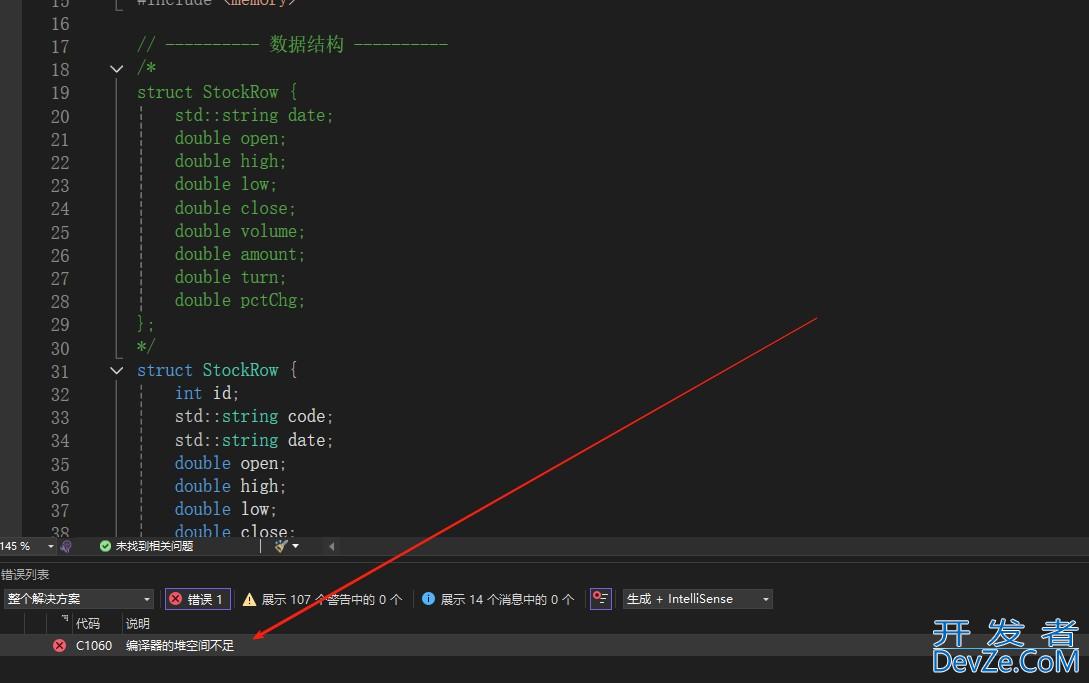详解如何使用Python提取视频文件中的音频
目录
- 引言
- 代码部分
- 方法扩展
引言
在多媒体处理中,有时我们需要从视频文件中提取音频,以便进一步处理或分析。本文将介绍如何使用python编程语言提取视频文件中的音频,并提供了一个简单的GUI界面来方便用户操作。
1.引言部分:介绍音频提取的背景和重要性,以及使用Python编程进行提取的优势。
2.环境准备:提醒读者在运行代码之前需要安装FFmpeg工具,并将其路径添加到系统环境变量中。
3.代码解析:
- 介绍主要的库和模块:Tkinter、messagebox、filedialog、subprocess和os。
- 解释代码的主要功能和逻辑:包括单文件模式和多文件模式,以及每个模式下的具体操作步骤。
- 对关键代码进行注释和说明,帮助读者理解代码的实现原理。
4.单文件模式详解:
- 介绍单文件模式的操作流程和界面布局。
- 解释选择视频文件和音频输出路径的方式。
- 说明如何使用FFmpeg命令提取视频文件中的音频,并保存到指定路径。
- 演示单文件模式的运行效果。
5.多文件模式详解:
- 介绍多文件模式的操作流程和界面布局。
- 解释选择视频文件夹和音频输出路径的方式。
- 说明如何遍历文件夹中的视频文件,并使用FFmpeg命令逐个提取音频。
- 演示多文件模式的运行效果
6.总结和展望:
总结本文介绍了如何使用Python编程语言提取视频文件中的音频。
提醒读者可以根据自己的需求对代码进行扩展和优化,例如添加进度条、处理异常情况等。
展望未来可能的改进和应用领域。
代码部分
import tkinter as tk
from tkinter import messagebox
from tkinter import filedialog
import subprocess
import os
# 单文件
def single_video_mode():
def choose_single_video():
video_path = filedialog.askopenfilename()
video_input.delete(0, tk.END)
video_input.insert(0, video_path)
def choose_audio_output():
audio_output_path = filedialog.asksaveasfilename(defaultextension='.wav')
audio_output_input.delete(0, tk.END)
audio_output_input.insert(0, audio_output_path)
def extract_audio():
video_path = video_input.get()
audio_output_path = audio_output_input.get()
command = ['ffmpeg', '-i', video_path, '-vn', '-acodec', 'pcm_s16le', audio_output_path]
subprocess.call(command)
messagebox.showinfo('提取完成', '音频提取完成!')
root.withdraw()
single_video_window = tk.Toplevel()
single_video_window.title('单视频')编程客栈
single_video_window.geometry('350x200')
video_label = tk.Label(single_video_window, text='视频路径:')
video_label.place(x=32, y=3.5)
video_input = tk.Entry(single_video_window)
video_input.place(x=95, y=3.5)
video_button = tk.Button(single_video_window, text='选择视频', command=choose_single_video, bg="#FFD45E")
video_button.place(x=248, y=0)
audio_output_label = tk.Label(single_video_window, text='音频输出路径:')
audio_output_label.place(x=10, y=53.5)
audio_output_input = tk.Entry(single_video_window)
audio_output_input.place(x=95, y=53.5)
audio_output_button = tk.Button(single_video_window, text='选择路径', command=choose_audio_output, bg="#FFCCBE")
audio_output_button.place(x=248, y=50)
start_button = tk.Button(phpsingle_video_window, text='开始程序', command=extract_audio, bg="#499C54")
start_button.place(x=70, y=130)
exit_button = tk.Button(single_video_window, text='退出程序', command=root.quit, bg="#C75450")
exit_button.place(x=220, y=130)
# 多文件
def multi_video_mode():
def choose_videos_path():
videos_path = filedialog.askdirectory()
videos_path_input.delete(0, tk.END)
videos_path_input.insert(0, videos_path)
def choose_audio_output():
audio_output_path = filedialog.asksaveasfilename()
audio_output_input.dewww.devze.comlete(0, tk.END)
audio_output_input.insert(0, audio_output_path)
def extract_audio():
videos_path = videos_path_input.get()
audio_output_path = audio_output_input.get()
for file in os.listdir(videos_path):
if file.endswith('.mp4'):
video_path = os.path.join(videos_path, file)
base_name = os.path.splitext(file)[0]
audio_path = os.path.join(audio_output_path, base_name + '.wav')
command = ['ffmpeg', '-i', video_path, '-vn', '-acodec', 'pcm_s16le', audio_path]
subprocess.call(command)
root.withdraw()
multi_video_window = tk.Toplevel()
multi_video_window.title('多视频')
multi_video_window.geometry('350x200')
videos_path_label = tk.Label(multi_video_window, text='视频文件夹路径:')
videos_path_label.place(x=10, y=3.5)
videos_path_input = tk.Entry(multi_video_window)
videos_path_input.place(x=105, y=3.5)
videos_path_button = tk.Button(multi_video_window, text='选择文件夹', command=choose_videos_path, bg="#FFD45E")
videos_path_button.place(x=255, y=0)
audio_output_label = tk.Label(multi_video_window, text='音频保存路径:')
audio_output_label.place(x=20, y=53.5)
audio_output_input = tk.Entry(multi_video_window)
audio_output_input.place(x=105, y=53.5)
audio_output_button = tk.Button(multi_video_window, text='选择路径', command=choose_audio_output, bg="#FFCCBE")
audio_output_button.place(x=255, y=50)
start_button = tk.Button(multi_video_window, text='开始程序', command=extract_audio, bg="#499C54")
start_button.place(x=70, y=130)
exit_button = tk.Button(multi_video_window, text='退出程序', command=root.quit, bg="#C75450")
exit_button.place(x=220, y=130)
root = tk.Tk()
root.title('欢迎使用力江视频中提取音频的工具')
root.geometry('200x100')
label = tk.Label(root, text="欢饮使用力江视频提取音频工具", fg="red")
label.place(x=10, y=10)
single_video_button = tk.Button(root, text='单视频', command=single_video_mode, bg="#857022")
single_video_button.place(x=25, y=50)
multi_video_button = tk.Button(root, text='多视频', command=multi_video_mode, bg="#D3F899")
multi_video_button.place(x=125, y=50)
root.mainloop()
方法扩展
方法一:
安装第三方库
首先,通过第三方库ffmpeg和MoviePy对视频文件进行操作。
pip install ffmpeg moviepy
具体代码
import moviepy.editor as mp
def extract_audio(videos_file_path):
my_clip = mp.VideoFileClip(videos_file_path)
return my_clip
if __name__ == "__main__":
file_path = r'./Greatest_art.flv'
my_clip = extract_audio(file_path)
my_clip.audio.write_audiofile(f'最伟大的作品.mp3')
通过修改文件路径file_path,提取视频文件,这里视频文件的默认路径为代码所在目录,并对所提取到的音频文件进行命名。代码与数据路径如下:

方法二:
利用python库moviepy或者ffmpeg处理
# 这是一个示例 Python 脚本。
from moviepy.editor import *
import tkinter as tk
from tkinter import filedialog
# 打开视频地址文件,选择提取的存储地址,从视频中提取音频
if __name__ == '__main__':
# 实例化
root = tk.Tk()
root.withdraw()
# 获取文件夹路径
f_path = filedialog.askopenfilename()
print('\n获取的文件地址:', f_path)
v_name = f_path.split('/')编程客栈[-1].split('.')[0]
print("\n生成的音频名称:", v_name)
video = VideoFileClip(f_path)
audio = video.audio
f_path_save = filedialog.askdirectory()
print('\n存储地址:', f_path_save)
audi编程客栈o.write_audiofile(f_path_save+'/'+v_name+'.mp3')
方法三:
使用Python的moviepy库来提取视频文件中的音频
安装必要的第三方库:moviepy
安装方法:
pip install moviepy #或者用清华的镜像进行安装(快) pip install moviepy -i https://pypi.tuna.tsinghua.edu.cn/simple
代码:
import os
import moviepy.editor as mp
def extract_audio(videos_file_path,audio_file_path):
my_clip = mp.VideoFileClip(videos_file_path)
my_clip.audio.write_audiofile(f'{audio_file_path}.mp3')
if __name__ == '__main__':
# 视频路径
MV_Path = "***"
# 音频存储路径
store_path = "***"
mv_list = os.listdir(MV_Path)
print(mv_list)
for name in mv_list:
para1 = MV_Path+ "\\" + name
para2 = store_path + "\\" + name[:-4]
extract_audio(para1,para2)
print(f"{name}转换完毕!")
以上就是详解如何使用Python提取视频文件中的音频的详细内容,更多关于Python提取视频中的音频的资料请关注编程客栈(www.devze.com)其它相关文章!






 加载中,请稍侯......
加载中,请稍侯......
精彩评论